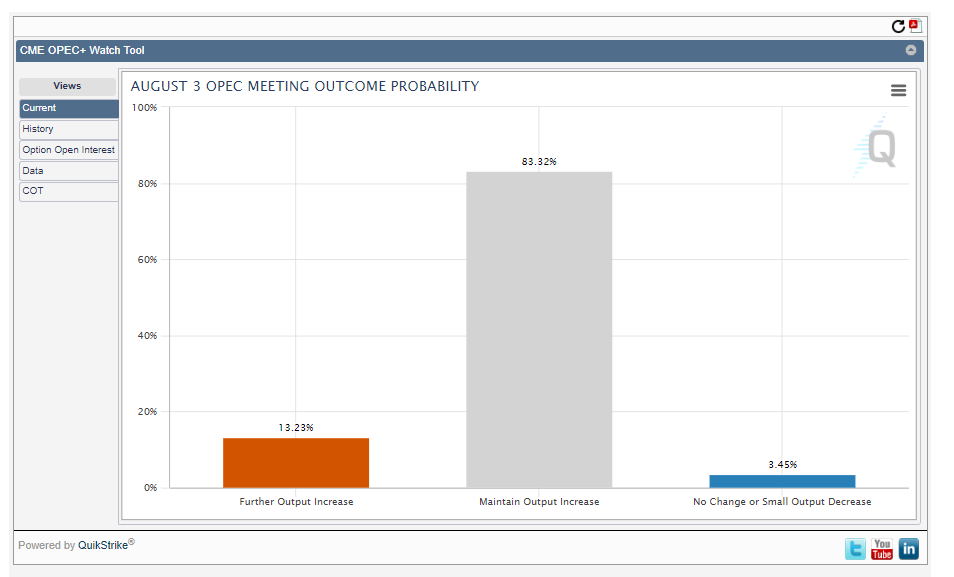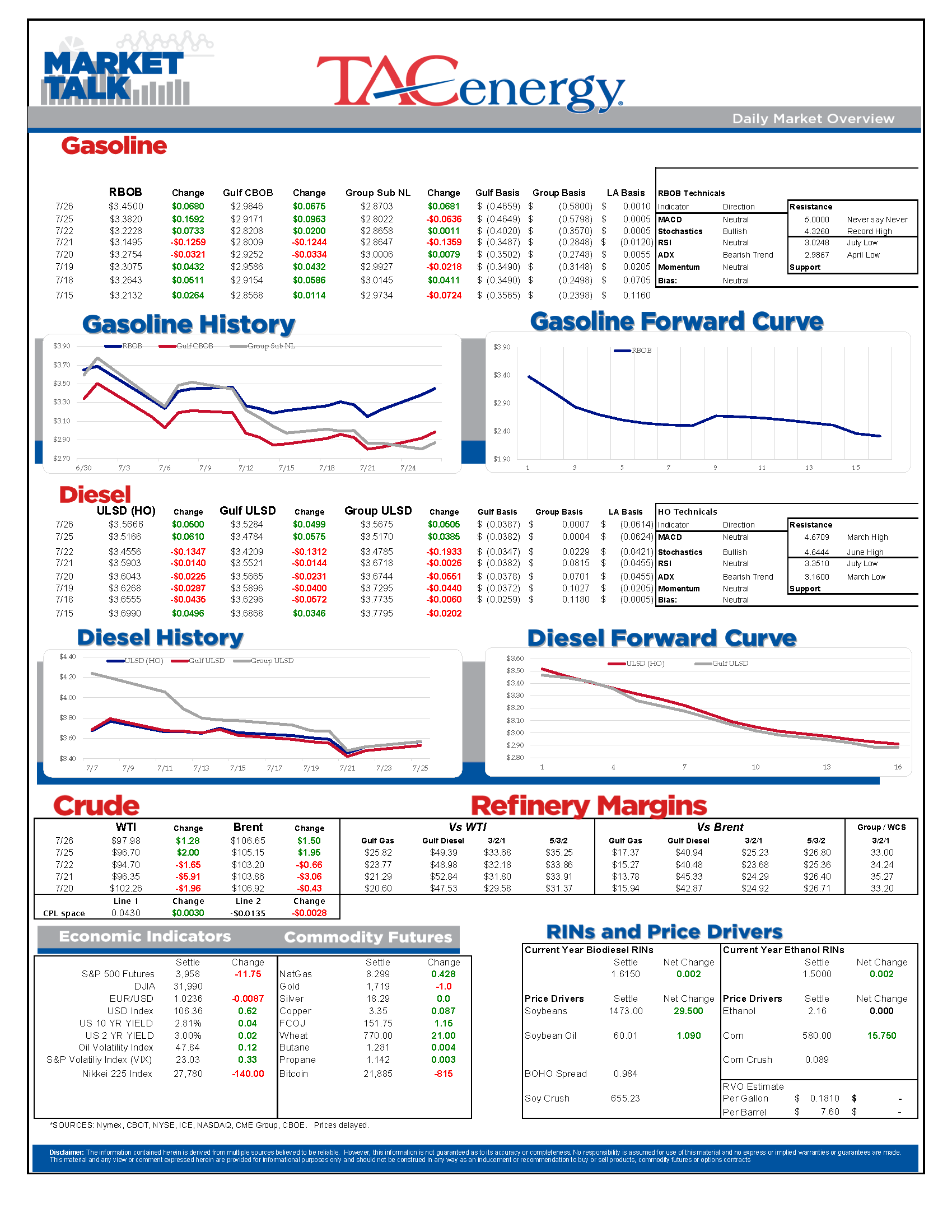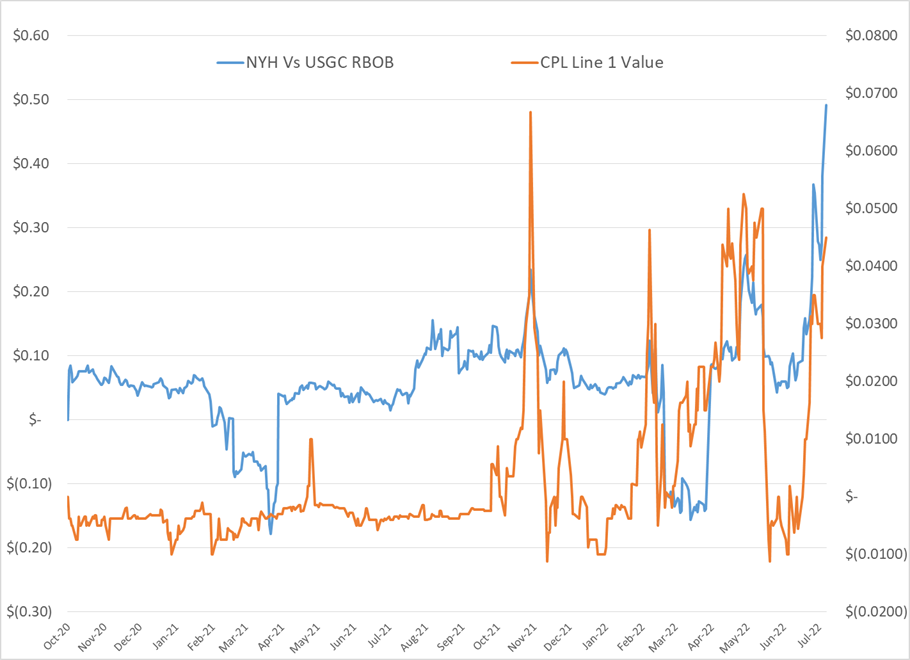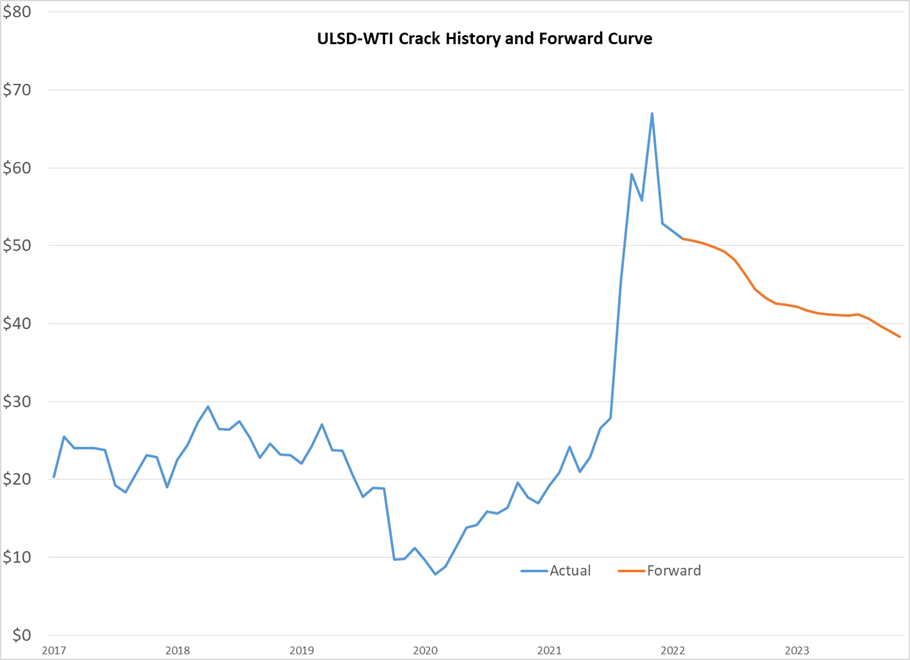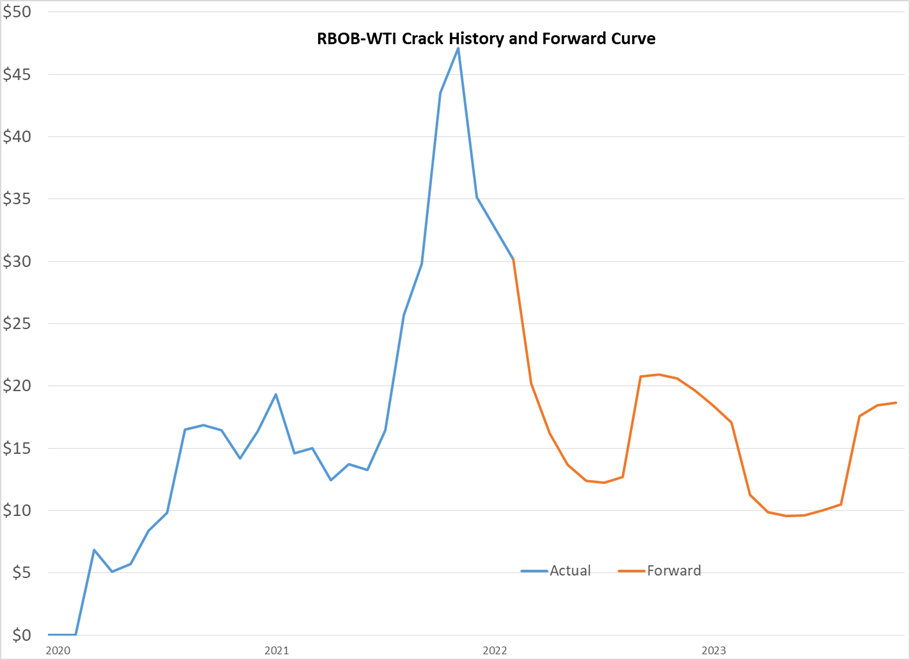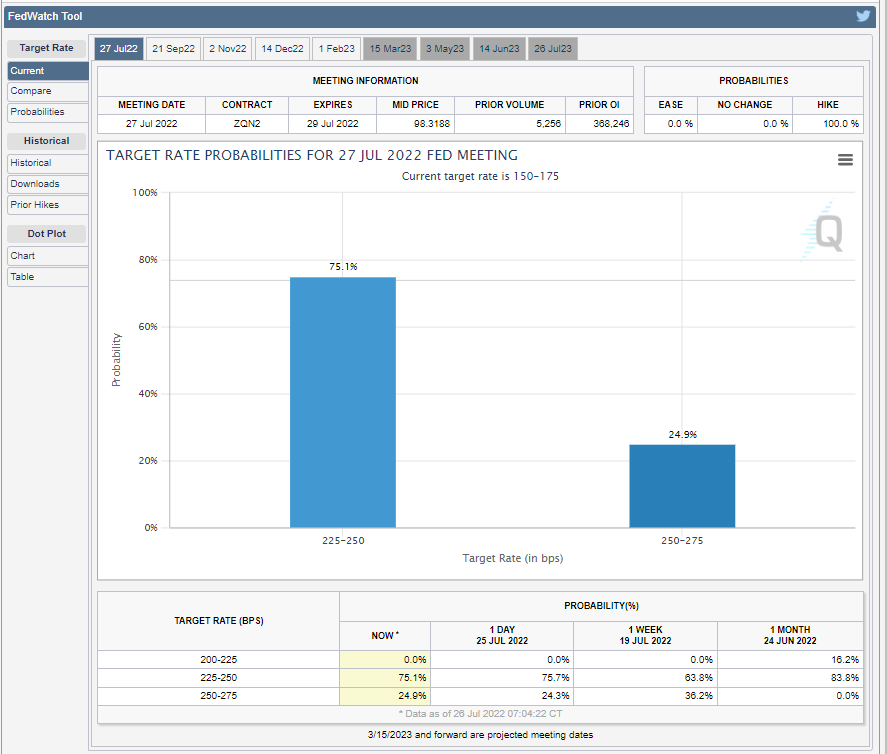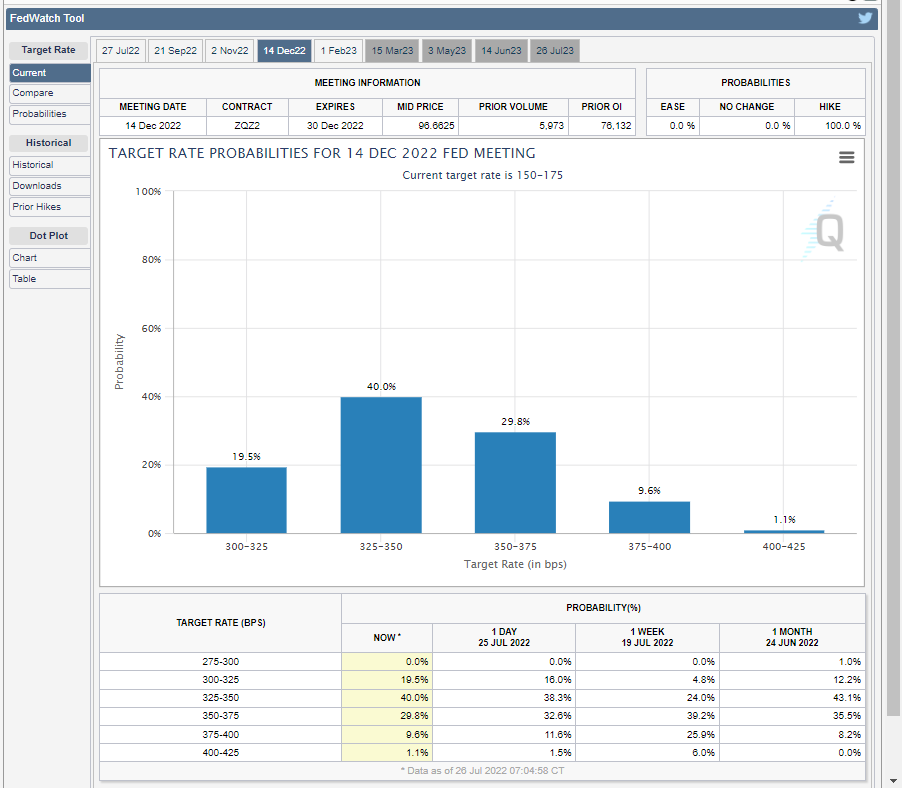Gasoline Futures Have Rallied 43 Cents Since Setting A Low Of $3.02 Last Thursday

Gasoline futures have rallied 43 cents since setting a low of $3.02 last Thursday, and diesel prices are up 20 in less than 2 days after the low end of the July trading range held support and now the bulls look like they’ll make a test of the top. This type of action is common in a sideways pattern, where the path of least resistance is a big move higher when sellers fail to breach chart support, and the reverse is also true if this rally fails to break resistance.
The $3.50 range looks like it could be a pivotal test for RBOB futures, with a run at $3.80 likely if that layer of resistance fails to hold. The outlook is less clear for ULSD, but a sustained move above $3.60 should be enough to get another 20 cent rally in the near future. Some good news in the rally for consumers: Most US markets are resisting the pull higher from futures, with basis values continuing to decline. The exception is the NY Harbor market which continue to outpace futures by 20 cents or more, and holding 50 cents above its Gulf Coast counterparts, which has caused values for space on Colonial’s line 1 to jump this week.
Russia’s latest move in the global energy chess match is getting much of the credit for this week’s rally, with natural gas prices spiking on news of yet another reduction in flows to Europe on the Nordstream pipeline, and the rest of the petroleum complex going along for the ride. European countries have agreed to a 15% gas supply cut this winter in their counter-move, but that announcement has done little to calm prices so far. This WSJ article explains why the clean fuel push of the past few years made Europe more susceptible to Russia’s energy weapon with the current result that coal usage is rapidly increasing with other options holding somewhere between slim to none.
It’s the busiest week of the quarter for earnings releases, and refiners are expected to smash profitability records after crack spreads spiked during the second quarter. Even though margins have dropped over the past month, and the forward curve has them priced in lower than current levels, the outlook remains strong for those companies that were able to get their facilities through the pandemic. See charts below.
The CME’s FedWatch tool shows the market pricing in a 75% chance of a 75 point hike in its target interest rate tomorrow, and an 80% chance that they’ll increase an additional 1% by year end. With so much certainty that the FOMC will continue its most aggressive monetary tightening in decades this year, the big bets now seem to be whether or not those rates will start to ease again in 2023.
Given that the two most influential groups for energy markets globally are OPEC and the US Federal Reserve, it’s not too surprising that the CME is now publishing an OPEC watch tool along with its FedWatch tool. That tool estimates an 83% chance of the Cartel keeping its production plans “as is” at next week’s meeting, while 13% are betting on additional increases, and 3% are betting on a lower output agreement.
Click here to download a PDF of today's TACenergy Market Talk.
Latest Posts
The Sell-Off Continues In Energy Markets, RBOB Gasoline Futures Are Now Down Nearly 13 Cents In The Past Two Days
Week 15 - US DOE Inventory Recap
Prices To Lease Space On Colonial’s Main Gasoline Line Continue To Rally This Week
Equity Markets Have Been Pulling Back Sharply In Recent Days As Inflation And Trade Concerns Inject A Sense Of Reality Into Stocks
Social Media
News & Views
View All
The Sell-Off Continues In Energy Markets, RBOB Gasoline Futures Are Now Down Nearly 13 Cents In The Past Two Days
The sell-off continues in energy markets. RBOB gasoline futures are now down nearly 13 cents in the past two days, and have fallen 16 cents from a week ago, leading to questions about whether or not we’ve seen the seasonal peak in gasoline prices. ULSD futures are also coming under heavy selling pressure, dropping 15 cents so far this week and are trading at their lowest level since January 3rd.
The drop on the weekly chart certainly takes away the upside momentum for gasoline that still favored a run at the $3 mark just a few days ago, but the longer term up-trend that helped propel a 90-cent increase since mid-December is still intact as long as prices stay above the $2.60 mark for the next week. If diesel prices break below $2.50 there’s a strong possibility that we see another 30 cent price drop in the next couple of weeks.
An unwind of long positions after Iran’s attack on Israel was swatted out of the sky without further escalation (so far anyway) and reports that Russia is resuming refinery runs, both seeming to be contributing factors to the sharp pullback in prices.
Along with the uncertainty about where the next attacks may or may not occur, and if they will have any meaningful impact on supply, come no shortage of rumors about potential SPR releases or how OPEC might respond to the crisis. The only thing that’s certain at this point, is that there’s much more spare capacity for both oil production and refining now than there was 2 years ago, which seems to be helping keep a lid on prices despite so much tension.
In addition, for those that remember the chaos in oil markets 50 years ago sparked by similar events in and around Israel, read this note from the NY Times on why things are different this time around.
The DOE’s weekly status report was largely ignored in the midst of the big sell-off Wednesday, with few noteworthy items in the report.
Diesel demand did see a strong recovery from last week’s throwaway figure that proves the vulnerability of the weekly estimates, particularly the week after a holiday, but that did nothing to slow the sell-off in ULSD futures.
Perhaps the biggest next of the week was that the agency made its seasonal changes to nameplate refining capacity as facilities emerged from their spring maintenance.
PADD 2 saw an increase of 36mb/day, and PADD 3 increased by 72mb/day, both of which set new records for regional capacity. PADD 5 meanwhile continued its slow-motion decline, losing another 30mb/day of capacity as California’s war of attrition against the industry continues. It’s worth noting that given the glacial pace of EIA reporting on the topic, we’re unlikely to see the impact of Rodeo’s conversion in the official numbers until next year.
Speaking of which, if you believe the PADD 5 diesel chart below that suggests the region is running out of the fuel, when in fact there’s an excess in most local markets, you haven’t been paying attention. Gasoline inventories on the West Coast however do appear consistent with reality as less refining output and a lack of resupply options both continue to create headaches for suppliers.

Week 15 - US DOE Inventory Recap

Prices To Lease Space On Colonial’s Main Gasoline Line Continue To Rally This Week
Energy markets are sliding lower again to start Wednesday’s trading as demand concerns and weaker stock markets around the world seem to be outweighing any supply concerns for the time being.
Rumors continue to swirl about an “imminent” response by Israel to Iran’s attacks, but so far, no news seems to be taken as good news in the hopes that further escalation can be avoided, even as tensions near the Red Sea and Strait of Hormuz continue to simmer.
Prices to lease space on Colonial’s main gasoline line continue to rally this week, trading north of 11 cents/gallon as Gulf Coast producers still struggle to find outlets for their production, despite a healthy export market. Gulf Coast CBOB is trading at discounts of around 34 cents to futures, while Gulf Coast RBOB is trading around a 16-cent discount, which gives shippers room to pay up for the linespace and still deliver into the East Coast markets at a profit.
Back to reality, or just the start of more volatility? California CARBOB basis values have dropped back to “only” 40 cent premiums to RBOB futures this week, as multiple flaring events at California refineries don’t appear to have impacted supply. The state has been an island for fuel supplies for many years as its boutique grades prevent imports from neighboring states, and now add the conversion of the P66 Rodeo refinery to renewable diesel production and the pending changes to try and cap refinery profits, and it’s easier to understand why these markets are increasingly vulnerable to supply shocks and price spikes on gasoline.
RIN prices continue to fall this week, touching 44 cents/RIN for D4 and D6 values Tuesday, their lowest level in 6 weeks and just about a nickel above a 4-year low. While the sharp drop in RIN and LCFS values has caused several biodiesel and Renewable Diesel producers to either shut down or limit production, the growth in RIN generation continues thanks to projects like the Rodeo refinery conversion, making the supply in RINs still outpace the demand set by the Renewable Fuel Standard by a wide margin.
The API reported draws in refined products, 2.5 million barrels for gasoline and 427,000 barrels for distillates, while crude oil stocks had an estimated build of more than 4 million barrels. The DOE’s weekly report is due out at its normal time this morning.
Click here to download a PDF of today's TACenergy Market Talk.
